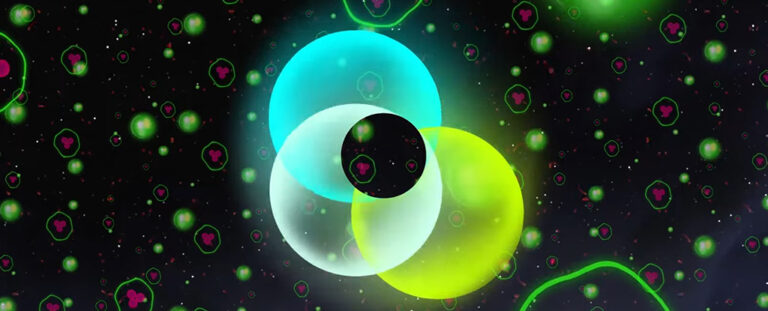Innovative Approach Holds Promise for Accurately Measuring the Elusive Neutrino
Neutrinos, which are abundant subatomic particles, play a crucial role in the composition of the Universe. Initially believed to be without mass, these particles, which are difficult to detect, are now thought to have some weight according to updated theories.
The exact measurement of their mass is yet to be determined through experimental means. A team of international scientists has devised a new method to solve this intriguing puzzle.
Determining the mass of a neutrino would be a significant milestone in the field of science. It would greatly contribute to understanding the origins of the early Universe. However, these particles have proven to be challenging to study using our current instruments and detectors.
A recent study proposes that the answer may lie in tracking beta decay, particularly in a rare radioactive form of hydrogen known as tritium. By observing this natural decay process, it is possible that the weight of the neutrinos involved can be revealed.
Physicist Brent VanDevender, from the Pacific Northwest National Laboratory, believes that with advancements in technology and scaling up, there is a realistic chance of achieving the necessary precision to determine the mass of neutrinos. Tritium decay produces three subatomic particles, including a neutrino, and scientists hope to calculate the missing mass by considering the total mass and the mass of the other particles involved.
The method being used, Cyclotron Radiation Emission Spectroscopy (CRES), captures microwave radiation emitted by the escaping electrons as they move along a magnetic field, allowing researchers to infer the impact of the accompanying neutrino. Physicist Talia Weiss from Yale University explains that neutrinos are extremely lightweight, over 500,000 times lighter than an electron. Consequently, when neutrinos and electrons are generated simultaneously, the neutrino’s mass has only a minimal influence on the electron’s motion. To observe this small effect, a highly precise technique is required to measure the speed at which the electrons are moving.
The latest study utilizing CRES has made significant progress in the analysis of tritium beta decays and establishing an upper limit for the neutrino mass. This technology shows immense potential for advancement and scalability, surpassing any other technology of its kind. However, it is important to acknowledge that there are still substantial technical challenges that need to be overcome.
The researchers emphasize the importance of neutrino mass in various fields of physics, ranging from nuclear and particle physics to astrophysics and cosmology. It is even possible that the discovery of the neutrino mass could lead to the emergence of an entirely new branch of physics.
Physicist Elise Novitski from the University of Washington highlights the uniqueness of their approach, stating that they are not simply modifying an existing technique but rather venturing into uncharted territory.
This article is republished from sciencealert under a Creative Commons license. Read the original article.
Do not forget to share your opinion with us to provide you with the best posts !





0 Comments